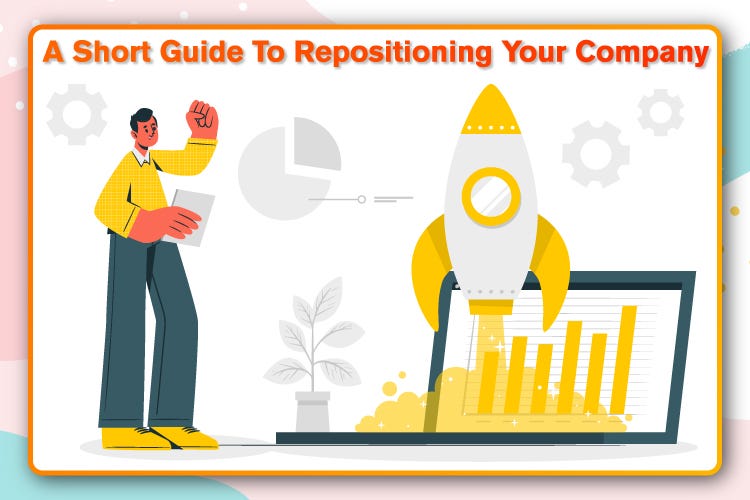

Positioning is how your audience perceives your company in comparison to your competitors. Often this perception is referred to as a ”place” existing in a consumer’s mind. But the modern-day positioning ideologies extend this ”place” to your target audience’s heart as well, asserting that positioning should propel people.
Powerful positioning is competitively distinct and credible, therefore sustainable and believable for the brand, stimulating growth in crucial areas of the business. You need not confuse it with a tagline. A positioning statement is meant to navigate business decisions and incorporate its purpose.
However, markets are dynamic, continuously changing with new competitors, developing with consumer needs, innovations in technology, government laws, and economic circumstances, among other elements such as a worldwide pandemic. This is why it is critical for companies to reconsider their positioning right after the market shifts or they are risking being left behind.
In the face of such a gigantic market shift, a lot of companies have been reanalyzing their position and how they can adapt and withstand. As a business owner, you must see the changing conditions as growth opportunities. Whether you are looking at slumping sales or profit margin due to new competition or low growth, being open to change will not only allow your business to endure but also to flourish.
Steps to Take for Repositioning
The process of repositioning is quite similar to when you initially established your positioning. It involved identifying your target audience, examining their problems, and then outlining how your products or services can resolve their pain points better than your competitors and explaining why consumers should believe that.
However, it is vital to ask your audience to find out this information instead of presuming on their behalf. By communicating with your consumers, you might find out some changes in their lives or perceptions or maybe even a newly arrived competitor.
Next, you need to review your positioning map (also known as perception map), which evaluates the market and portrays how you compare to your competitors in terms of benefits. This will let you find some gaps in the map that represent an opportunity for a unique position called ”white space” in the market.
Contrary to the time when you first established your positioning, repositioning should consider your starting point because you are not starting from scratch, and your customers already have developed a perception about your company. The more you move away from what your business is known for, the more time, effort, and resources will be required. Moreover, moving farther away from your initial position increases the risks you carry. For instance, shifting too far from the initial point might make you lose your credibility because consumers might not completely trust your new positioning.
Generating brand confusion is another risk in repositioning where customers don’t know what you are representing because the new messages mix with the old ones. Apart from this, you might have baggage with high-value consumers who are emotionally linked with your former brand positioning and might leave with any alteration. Despite that, you are making this repositioning decision because of a substantial market opportunity that overshadows these losses or stakes and preventing your brand from becoming outdated in this hastily changing world.
Sometimes, repositioning may involve rebranding. For example, when you are striving to appeal to a new customer base or when your brand has become obsolete and needs to be brought up to date to appear as more relevant. Now this will involve building a new brand identity that could comprise a logo or a visual language that appeals and speaks to your target audience.
However, your brand identity is not the only touchpoint that needs reconsidering during positioning. From customer service to sales, every channel and function should be in line to be consistent and create a united perception.
Conclusion
Repositioning is an excellent way of transforming a situation into an advantage instead of becoming a casualty. Just like positioning, repositioning depends on how well you know your target audience, comprehend their needs, and find unique ways of enhancing their lives. This will help you in communicating your true value against your competition to your customers and make your brand more relevant. This will help in establishing a strong brand position for the future and improve your sales and growth overall.
Let us know how brand repositioning works out for your company in the comments below.
Hariom Balhara is an inventive person who has been doing intensive research in particular topics and writing blogs and articles for Tireless IT Services. Tireless IT Services is a digital marketing, SEO, SMO, PPC, and web development company that comes with massive experiences. We specialize in digital marketing, web designing and development, graphic design, and a lot more.
SOURCE : A Short Guide to Repositioning Your Company, Tireless IT Services



























